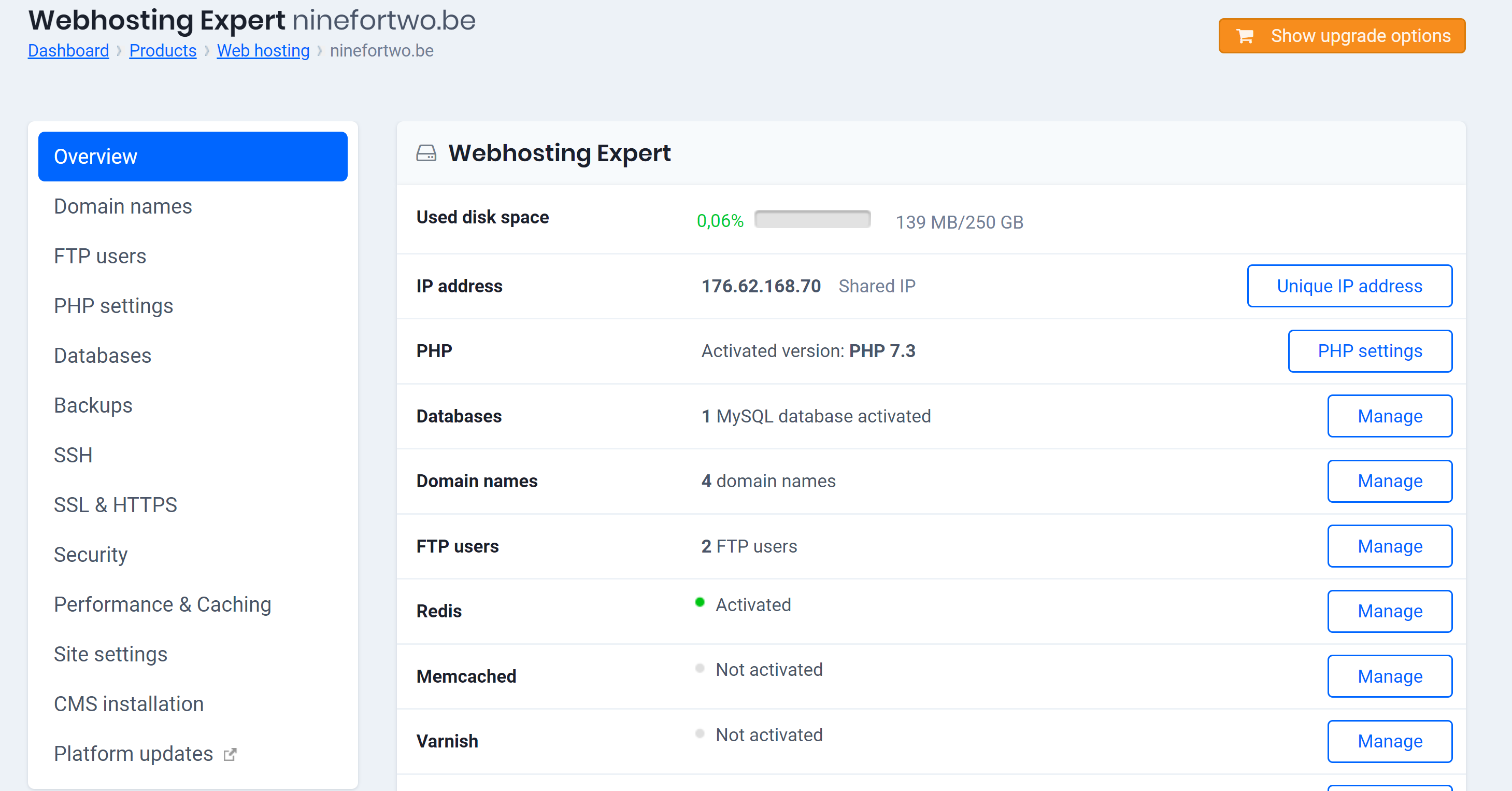

For example, memory exhaustion will sometimes generate entries in the system log, or a slew of disk errors would indicate a drive issue. One, any errors or warnings that might directly indicate what the underlying issue is.

Here are the things to check to narrow that list down, in order.įirst, review the system and application event logs leading up to the hang. There are a few different things that can cause a hung server, including sudden memory exhaustion, a process issue, driver bugs, or hardware failure. There isn't much use leaving it in a hung state unless you are looking for specific symptoms later on. If this is the first time troubleshooting the hang, reboot the server to get it back online. If after looking for a specific pattern you haven't identified the cause of the hang, it's time to get into really troubleshooting the issue. If the server hasn't recently locked up, or if there isn't a specific pattern to the occurrences, then you can move on to the next steps. They will most likely be related to, or the cause of, the issue. If a pattern is noticed, investigate the server for any scheduled or recurring processes that happen around that time. For example, you might see that it happens around the same time of day or certain days of the month. From there, you can look for any patterns that might indicate a scheduled job is causing the issue. Listing out the exact dates, times, and days of the week the hang occurs is a good start. If a server has locked up more than once recently, it is important to pay attention to any potential patterns. a repeated occurrence is a little bit different. The troubleshooting process for a one-time hang vs.

Here, we'll review the general process for troubleshooting a hung server. There are a variety of potential factors, and narrowing it down can be tough. When a server hangs, it can oftentimes be difficult to find the root cause.


 0 kommentar(er)
0 kommentar(er)
